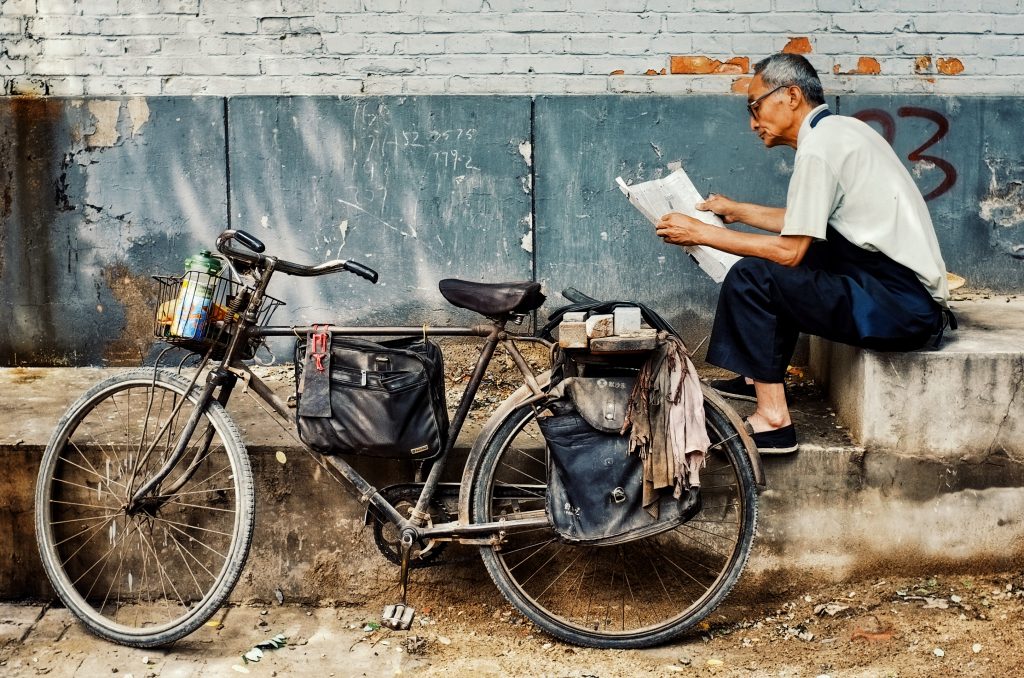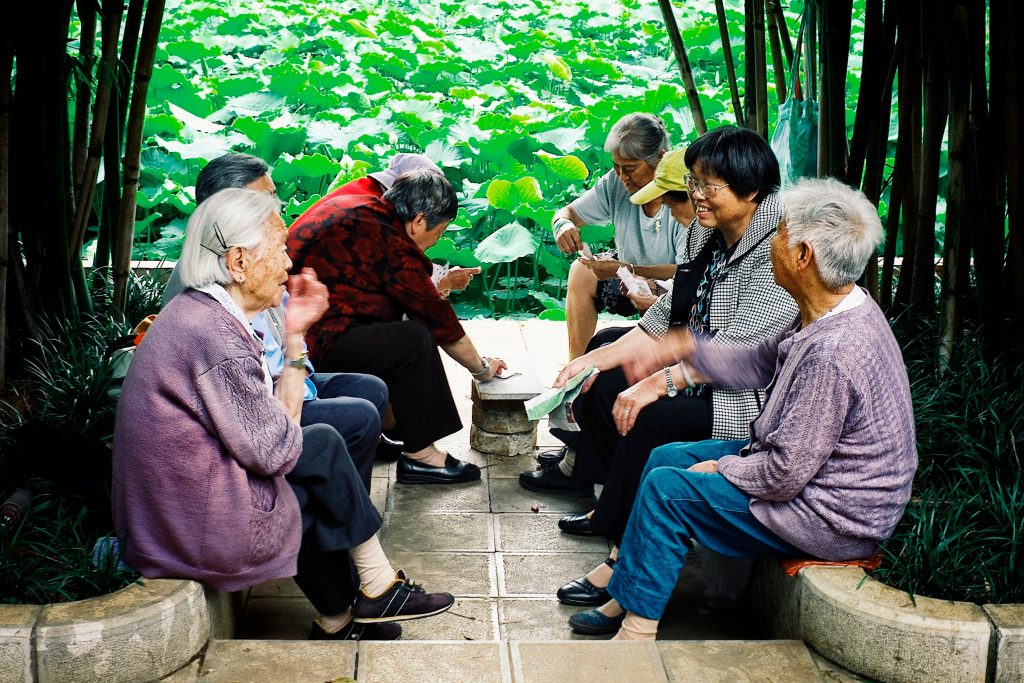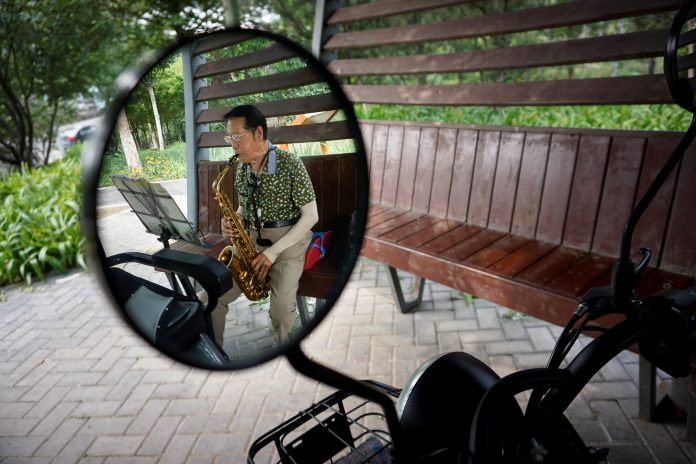China is facing a population crisis of increasing urgency, with 149 cities shown in recent census figures to have 14 percent of their residents over the age of 65.
A recent analysis by the state-run China Business News (CBN) found that 149 cities in China have now entered “deep aging,” the middle state on a spectrum that runs from aging, where more than seven percent are over 65, to super-aging, when more than 20 percent is over that age.
The fastest-aging cities are mostly clustered around the Yangtze River, the southwestern cities of Chongqing and Chengdu, and the urban industrial northeast, the report said.
Seven provinces have 10 or more deep-aging cities, CBN said, with Sichuan at the top of the table, closely followed by Shandong.
Similar situations were found to exist in Hunan, Anhui, and Hubei in the middle reaches of the Yangtze River, with 12 cities in Hunan and Anhui experiencing deep aging, and nine in Hubei.
Coastal regions had a bigger influx of younger people from elsewhere, and so their aging rate was comparatively low, CBN said.
Yi Fuxian, a senior researcher at the University of Wisconsin-Madison and an expert on Chinese population issues, has been tracking population changes in China for some time, and regards official statistics as highly dubious.
“The real rate of aging in China is much more serious than current announcements suggest,” Yi told RFA.
“But even the current published figures are very serious,” he said. “The first thing is it is causing a slowdown in economic growth.”

Japan-style slowdown seen
Yi said he predicted the slowdown in economic growth in China from 2012.
“Economic growth averaged 10 percent prior to 2011, and by 2019, it was only six percent,” Yi said. “China’s demographic structure is about where Japan’s was in 1992.”
“By 2035, it will be roughly where’s Japan’s population structure was in 2018.”
Yi predicted economic growth of around one percent in China for 2035.
He said that people’s consumption patterns become more conservative with age, and the lack of access to universal pensions, debt crises among local governments and a likely burst real estate bubble would make life much tougher.
According to Yi, the current situation in northeastern China will gradually become apparent across the whole of China.
Wen Guanzhong, professor emeritus of the Department of Economics at Trinity College in the United States, agreed.
“Relying on cheap labor, producing labor-intensive products, and exporting a large number of products will no longer be possible,” Wen told RFA.
“An upgrade [of industrial activity] will be needed, but it needs to be a technological upgrade,” he said. “Now that China has broken off [economic] ties with some developed countries, it will find it harder to source technology and innovate independently.”

Stifling innovation
Wen said the ruling Chinese Communist Party (CCP)’s insistence on controlling all forms of dissent, and inserting its political ideology into every area of activity would make this still harder.
“The CCP system isn’t conducive to independent innovation,” he said. “They emphasize unity, synchronization and obedience when it comes to people’s thinking.”
He said changes to the “hukou” household registration system that limit where most of the population can live, access healthcare and raise children would make an upgrade easier.
“A truly modern country only needs a few million agricultural laborers,” Wen said. “They won’t be able to support hundreds of millions of rural residents like they do right now; there will have to be a new division of labor.”
The CCP unveiled new plans at the end of May 2021 to boost flagging birth rates and reverse population aging, raising the official limit on the number of children per couple from two to three.
The change came five years after the CCP scrapped a historic policy limiting most couples to just one child, which gave rise to decades of human rights abuses, including forced late-term abortions and sterilizations, as well as widespread monitoring of women’s fertility by officials.
The CCP Politburo concluded on May 31, 2021 that “education and guidance should be provided to promote marriage and family values among marriage-age young people,” adding that tax and housing incentives would also be in the pipeline for couples wanting to have children.
Among the support measures planned by the government include improvements to prenatal and postnatal care, a universal childcare service, and reduced education costs for families.
The government has since issued a ban on after-school and vacation tutoring, in a bid to reduce the financial burden of a child’s education on parents.
Copyright © 1998-2020, RFA. Used with the permission of Radio Free Asia, 2025 M St. NW, Suite 300, Washington DC 20036









